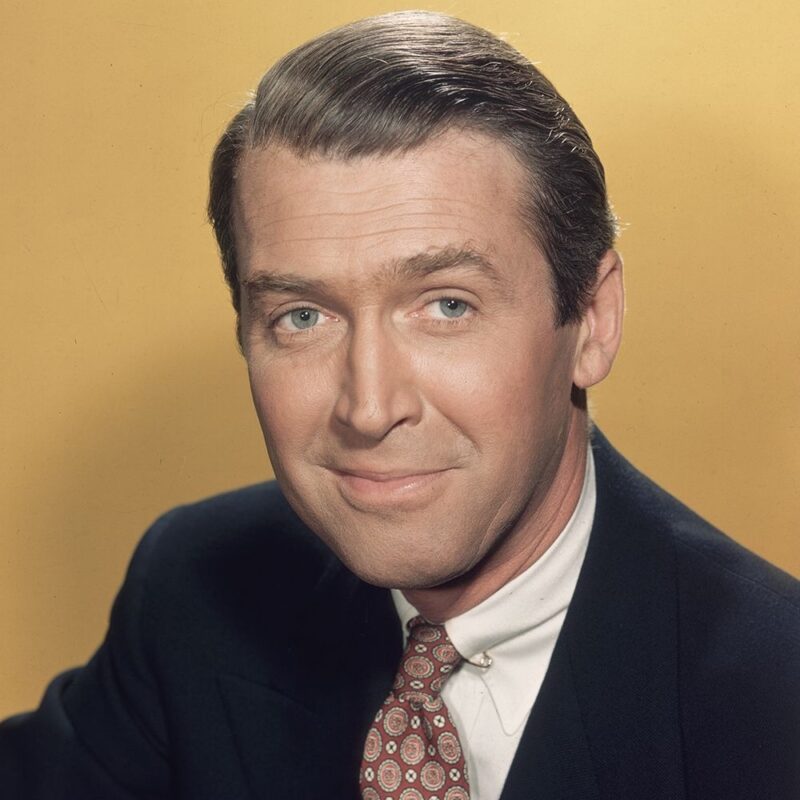James Stewart never needed fabric to speak louder than the man. His suits did not shout. They confirmed. A wide lapel, a properly pressed cuff, a modest collar—all worked together to support something deeper. Every piece he wore belonged to a system that valued proportion, logic, and restraint. He understood clothing the way a pilot understands flight. Precision came first. Applause came later.
There was no guessing in Stewart’s approach. He moved with the same calm presence onscreen and off. His wardrobe followed that same code. He wore what lasted. He trusted real material and shape more than novelty.
That mindset mirrors the way collectors treat limited edition tobacco pipes. The value never comes from decoration. It comes from the structure that holds up over time. Stewart brought that same seriousness to every jacket, every lapel, every pressed line.
In this article, you will see five suit styles that shaped the look of James Stewart.
Double Breasted Pinstripe Suit
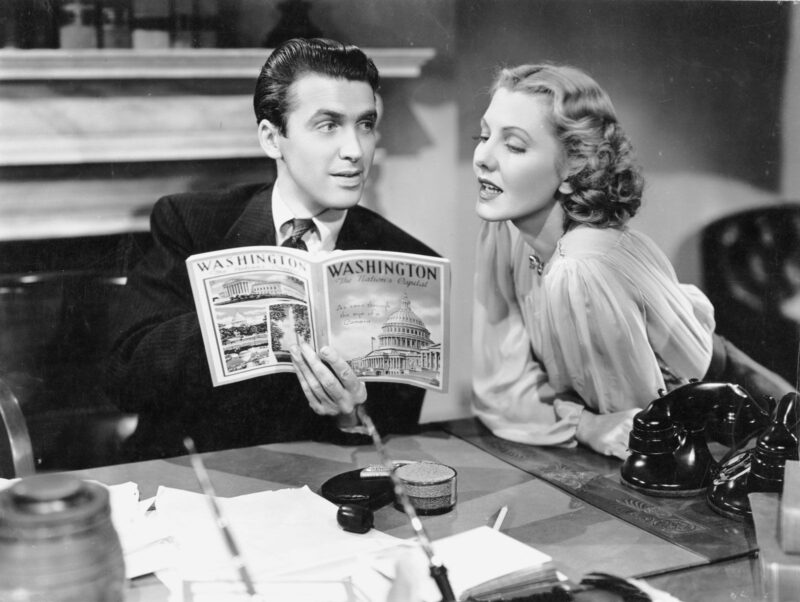
James Stewart used the double breasted pinstripe suit as a tool for structure. It made his already tall frame appear more grounded. Wide peak lapels drew attention upward. Pinstripes delivered length. Flannel gave weight and natural drape. Each detail had a clear role. Nothing was added for decoration.
The jacket often used a six-button layout with two to close. That setup worked best for formal settings. Stewart matched it with high-rise trousers that sat at his natural waist. Pleats added shape and comfort. Cuffed hems gave visual weight to the lower half. He rarely wore loud patterns. Instead, the stripes stayed narrow and consistent.
Useful Style Tips
- Use medium-width peak lapels to avoid a theatrical look
- Choose charcoal, navy, or medium grey for modern versatility
- Pair with black leather oxfords and a dark tie for formal effect
- Keep the shirt plain white or light blue for contrast
Fun Detail
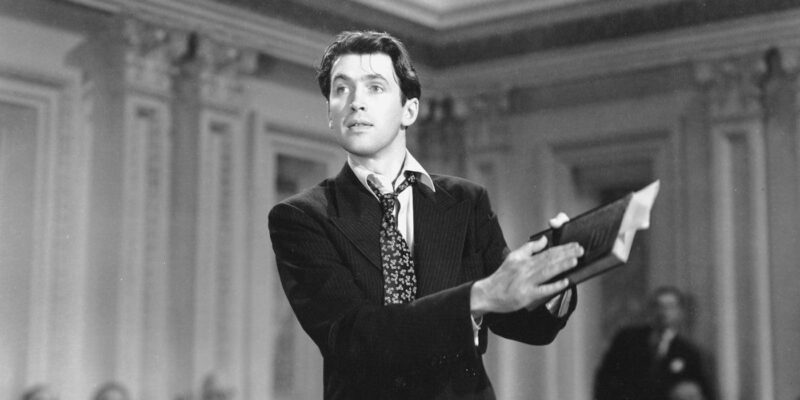
Cary Grant wore a similar suit in North by Northwest. Stewart’s version looked more grounded. His posture made it serious, not dramatic. The cut worked with his movement, never against it. A man today can use the same formula with slight fabric updates and still achieve a timeless effect.
Single Breasted Notch Lapel Suit
The single breasted notch lapel suit became Stewart’s default for everyday public appearances. He used it for press events, civic duties, and interviews. The structure remained clean. Lapels stayed around seven centimeters wide. Two buttons held the frame without bulk. This layout kept the jacket close to the torso, but never tight.
Stewart often chose mid-weight wool or blended worsted fabric. The suits allowed freedom but kept their shape. The notch lapel offered versatility. It looked serious without being stiff. The color palette stayed classic. Charcoal, navy, and subtle brown tones appeared frequently in his rotation.
Practical Advice
- Use side vents if comfort is a concern
- Keep lapels moderate to avoid imbalance
- Combine with polished derbies or leather brogues
- Always press the trousers with a front crease for clarity
Historical Insight
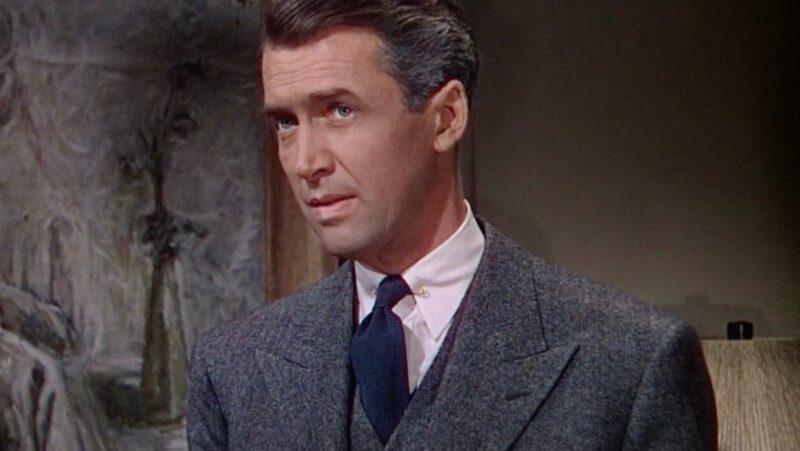
During the late 1940s and 1950s, many American men adopted similar suits. Stewart stood out because of his attention to fit. He kept the jacket long enough to cover the seat and ensured the waist shaped without pulling. His version was not off-the-rack. It was measured and tailored. Men who respect that level of care often find their suits last longer and carry more weight.
Cream Colored Cotton Suit
In warmer months, Stewart switched to cream-colored cotton suits. These offered breathability and ease without losing form. The light color created contrast against darker shirts and leather shoes. This kind of suit worked best in dry climates, studio lots, or social gatherings where wool would overheat.
The jacket had natural shoulders with minimal padding. Lapels rolled gently toward the top button. Trousers stayed high at the waist, but the fabric gave them a relaxed profile. Most were unlined or half-lined to keep the heat away. Pockets remained straight, with no flaps. Every part of the suit served comfort without losing visual structure.
Style Strategy
- Wear with a linen or cotton shirt in pastel or white
- Use dark suede loafers or buckled monk shoes for contrast
- Avoid ties with sheen—go for matte textures
- Skip heavy watches and thick belts
Tweed Suit with Classic Accessories
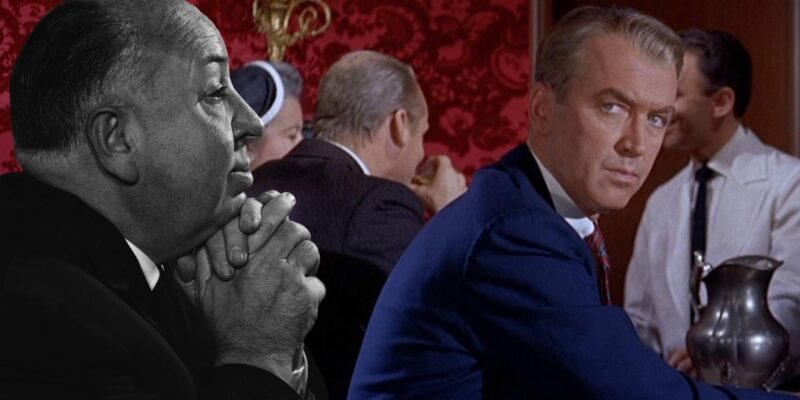
Tweed helped Stewart bridge the line between form and function. He wore it in rural scenes, winter interviews, and relaxed indoor portraits. The material carried bulk, but the cut kept everything in check. Tweed is textured, weather-resistant, and woven with character. He preferred herringbone and fine check patterns.
The jackets used soft shoulders and a slightly longer body. Some included elbow patches or ticket pockets. Trousers often carried turn-ups and a fuller leg. The entire outfit allowed movement without sloppiness. Stewart added accessories such as a fedora, collar bar, or knitted tie to bring out more detail.
How to Style It Today
- Use Donegal or Harris tweed for real texture
- Pair with lace-up boots or cap-toe shoes
- Add a wool vest or light turtleneck in colder seasons
- Do not match every item—keep tones natural and earthy
Bonus Detail

The collar bar remained one of Stewart’s favorite items in this setup. It lifted the tie knot and held the collar points together. That gave extra height to the neckline and framed the face. Combined with a structured hat, this formed a signature profile that still holds attention in photographs today.
Wool Overcoat oe3r Trench Style Coat
Every tailored wardrobe gains strength from outerwear. Stewart used wool overcoats and trench-style coats to protect and enhance his appearance. The coats extended to the knee. They carried structure through the shoulders and added visual depth to simple suits. Some featured belts. Others had military-style details around the cuffs and collar.
Colors stayed in the neutral range. Camel, charcoal, navy, and olive appeared most often. The materials used heavy wool, sometimes with a brushed finish. Coats stayed single breasted or double breasted, depending on formality. Stewart usually left the coat open when walking. He tied the belt at the back or let it hang.
Practical Styling
- Layer over a structured suit for full effect
- Tie the belt loosely to show the waistline without tightening the chest
- Choose fabrics with weight so the coat moves with control
- Wear with leather gloves and a scarf in colder months
Last Words
James Stewart treated suits with respect. He wore them the way a craftsman holds a tool. No part looked forced. Each one carried shape, logic, and control. Nothing distracted. Everything worked.
Every suit shown here holds value today. Double breasted for weight. Single breasted for clean shape. Cotton for light structure. Tweed for texture. Wool coats for presence and purpose. Each one does a job. Each one stays clear.
Men who want to dress with strength do not need a hundred options. They need five that work. Stewart proved that. You now have the same blueprint. Use it. Build on it. Wear it like you mean it.

